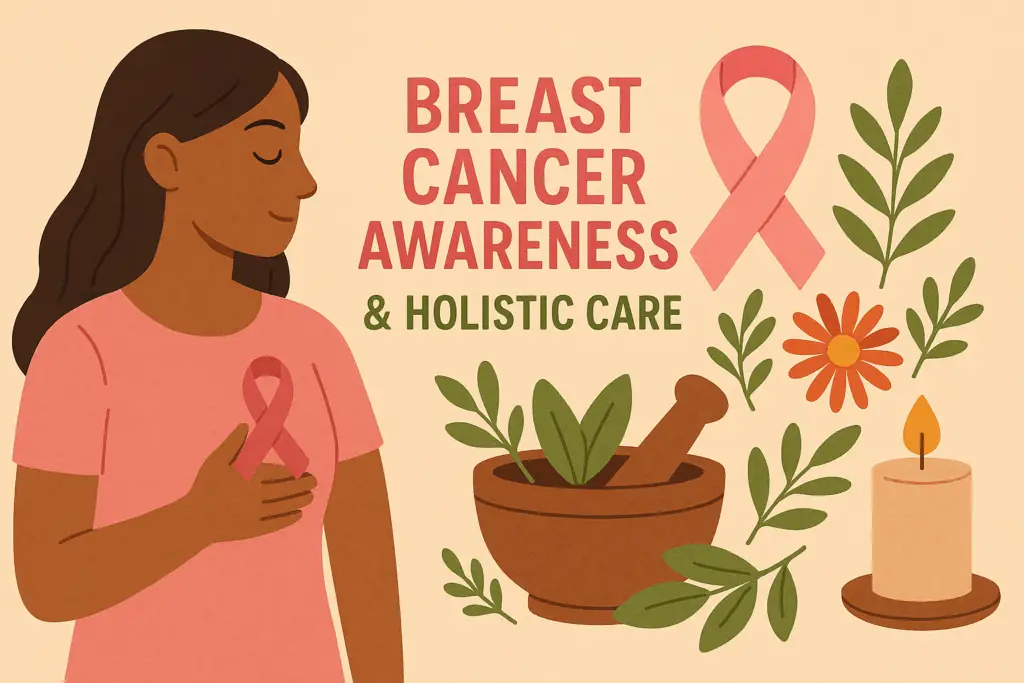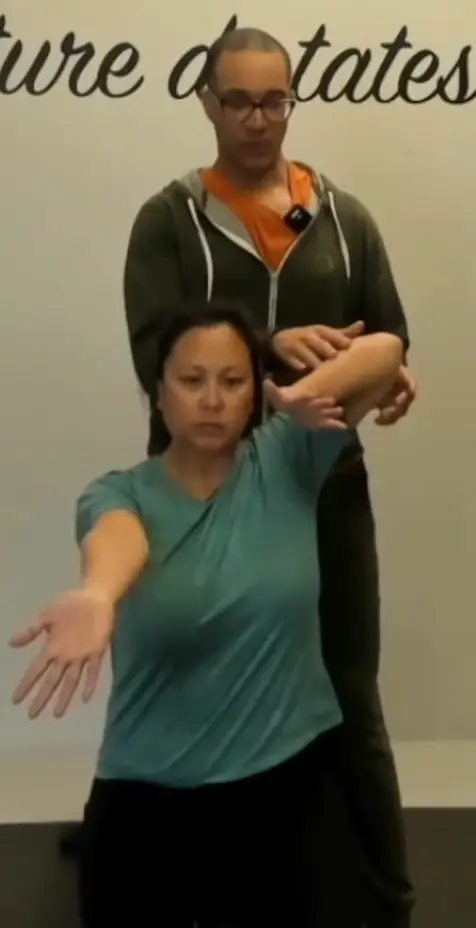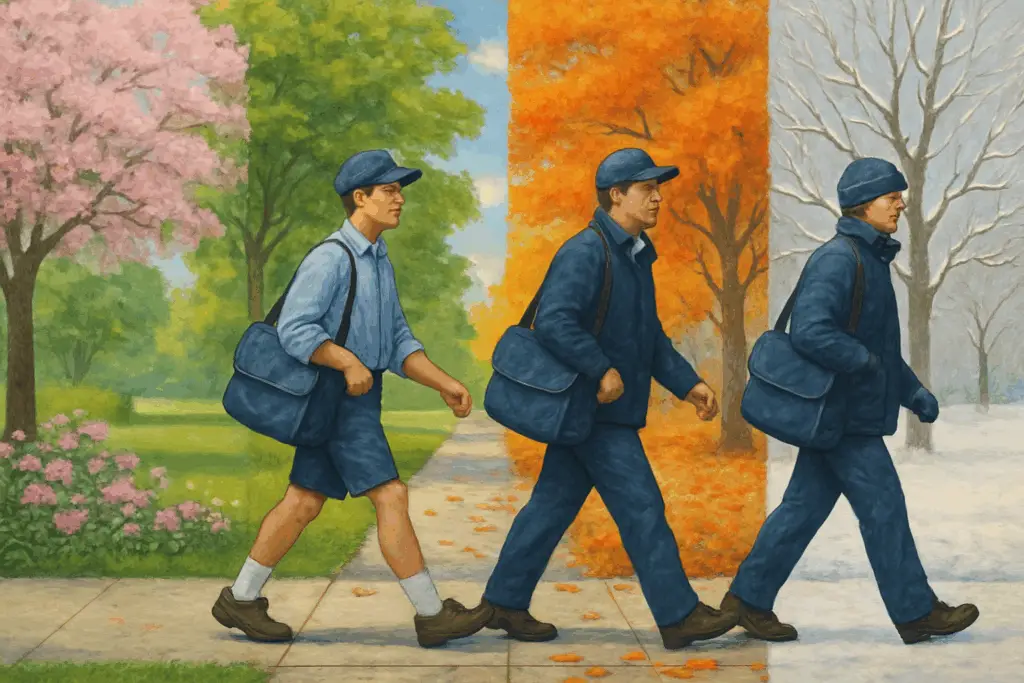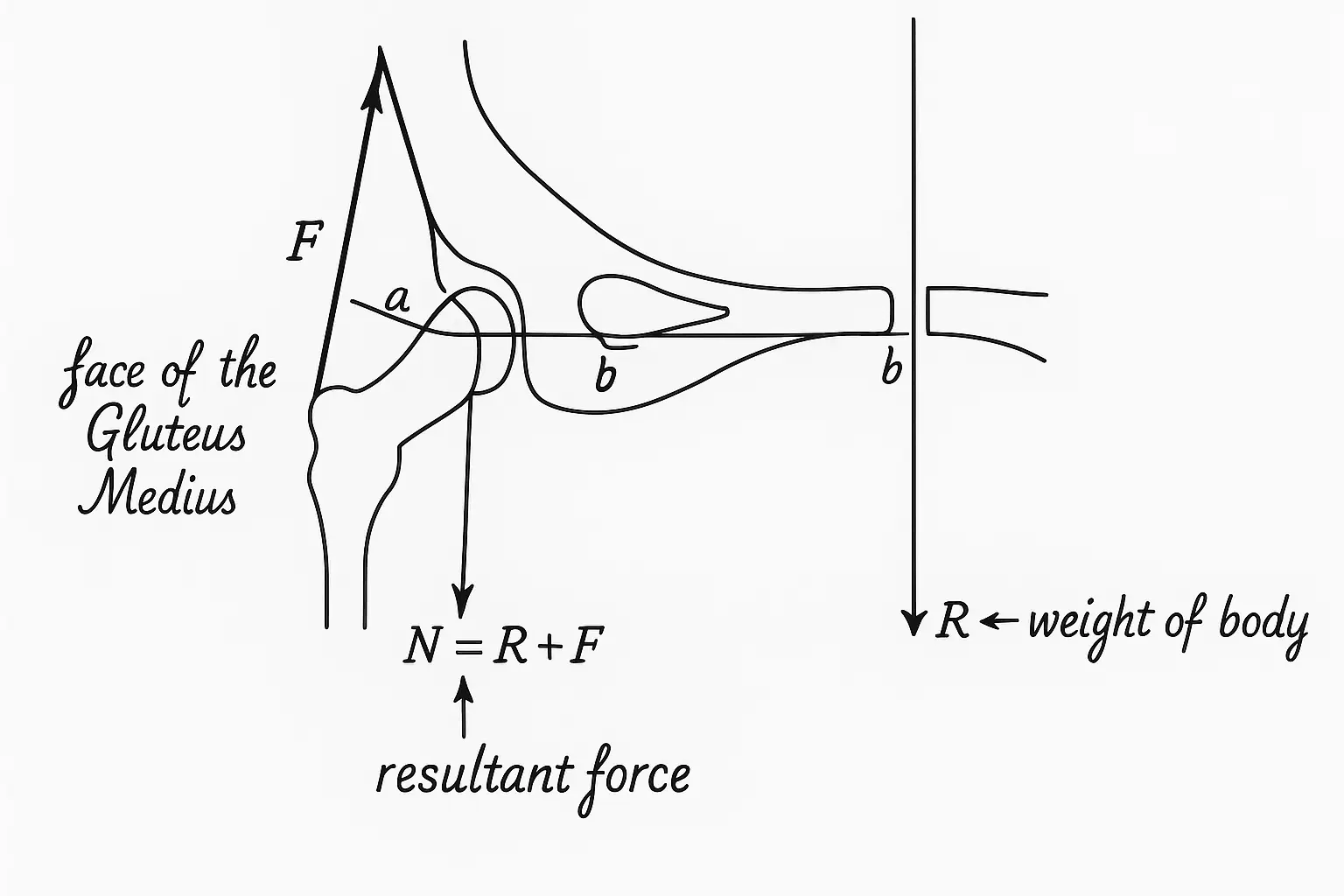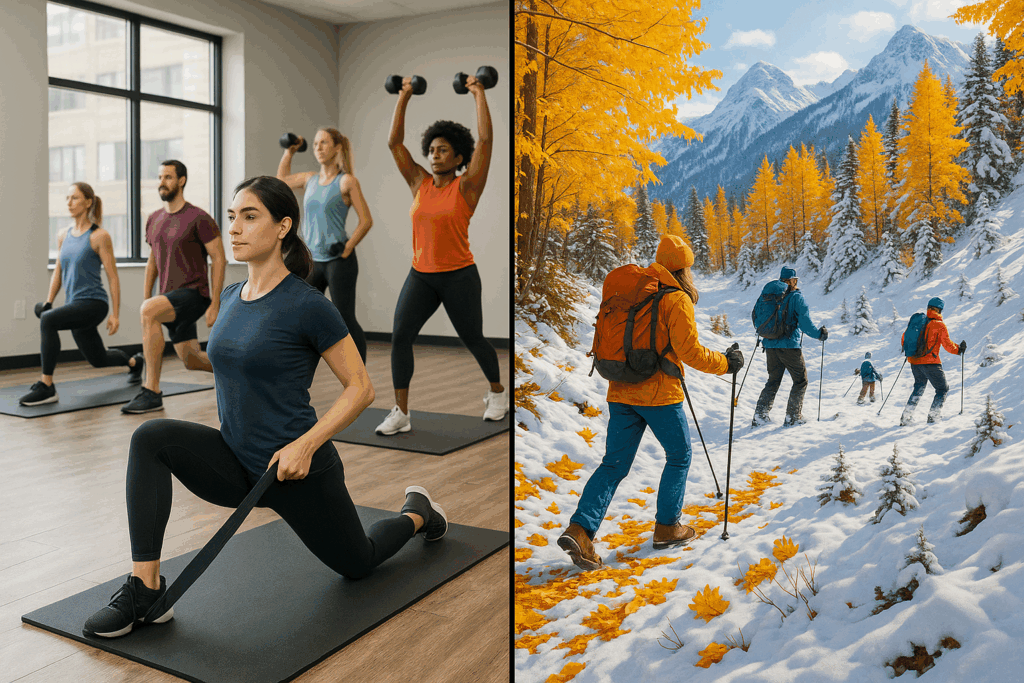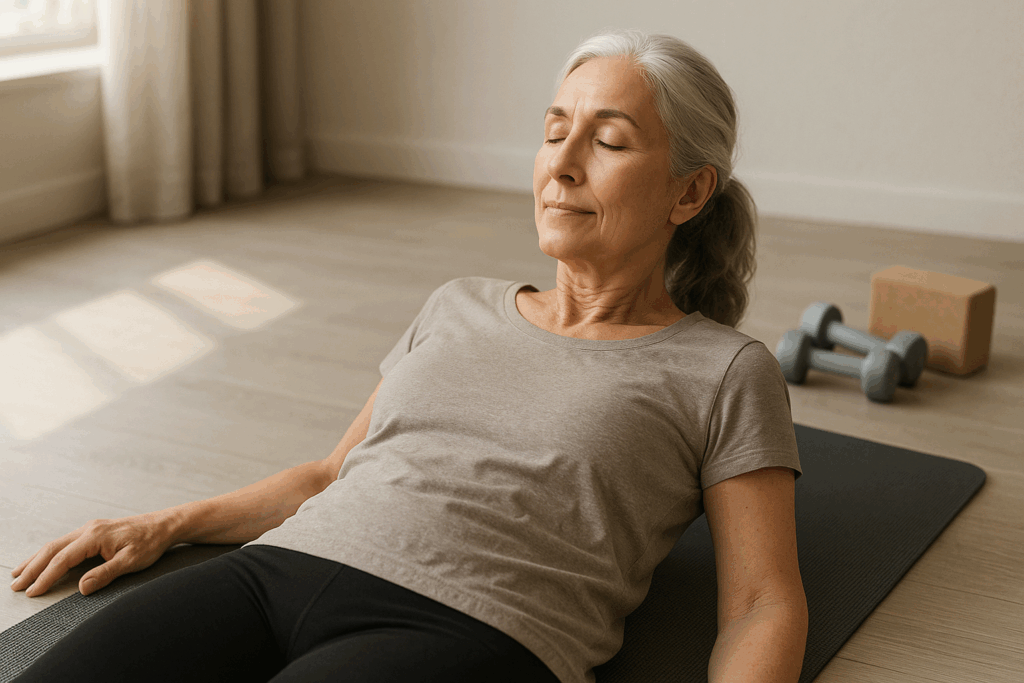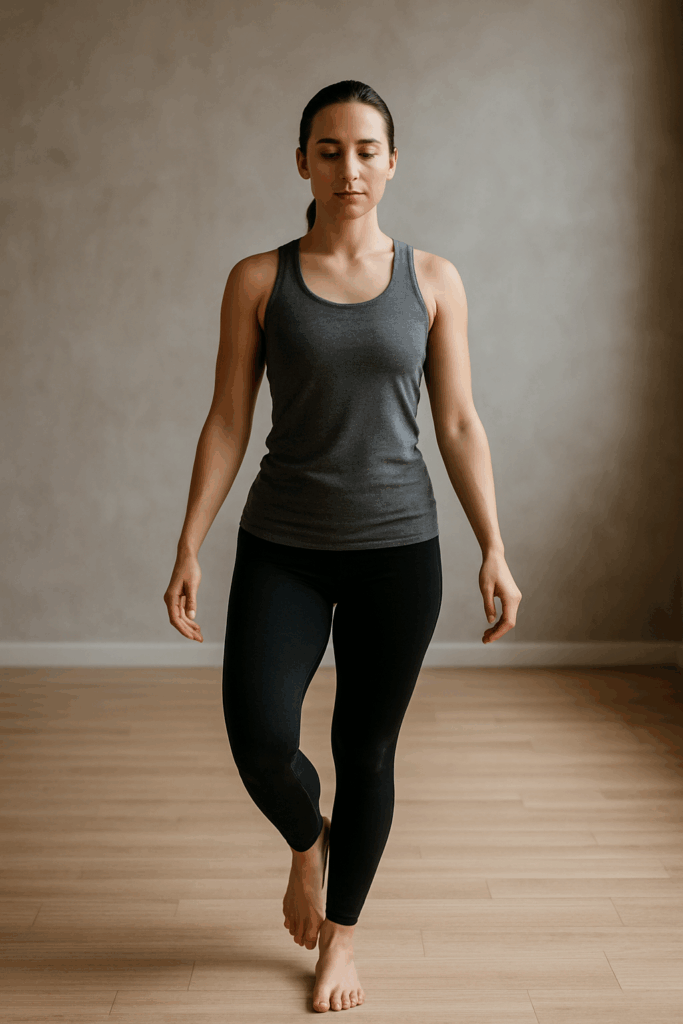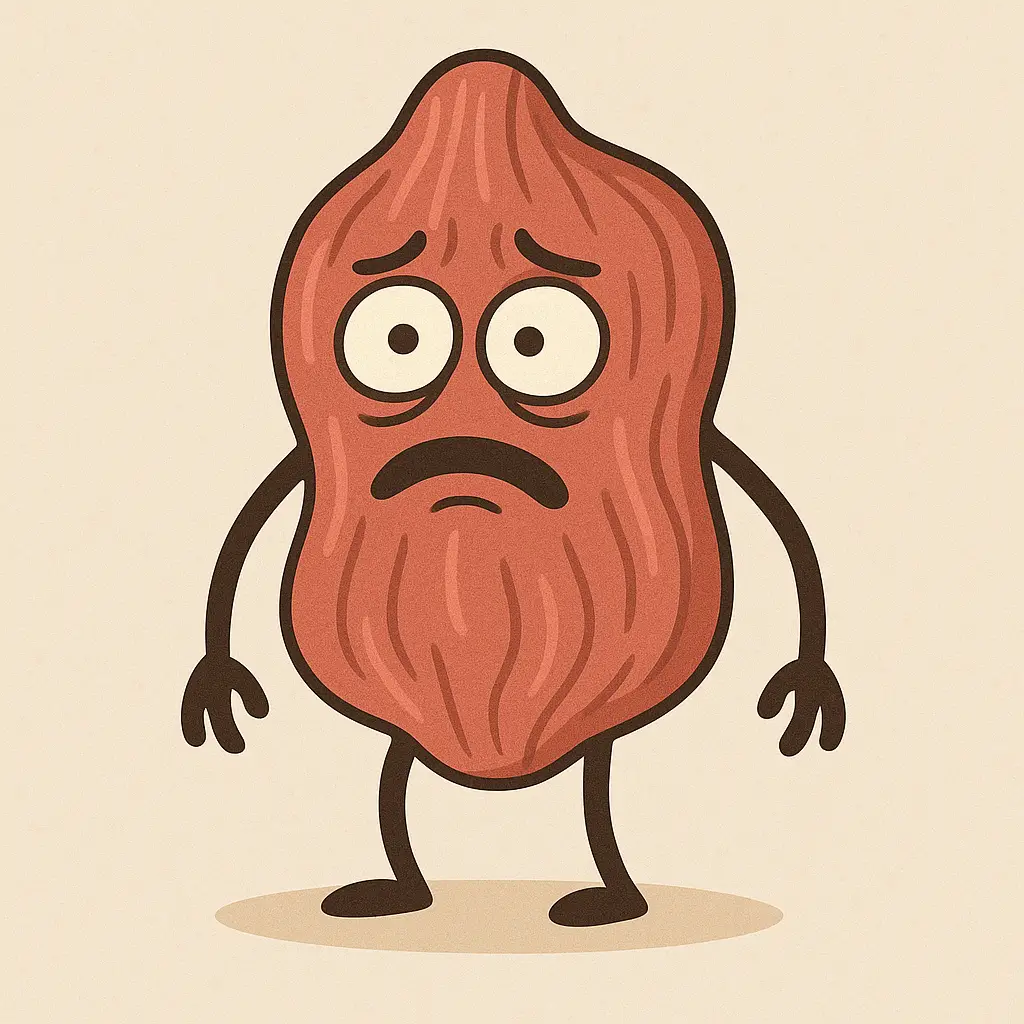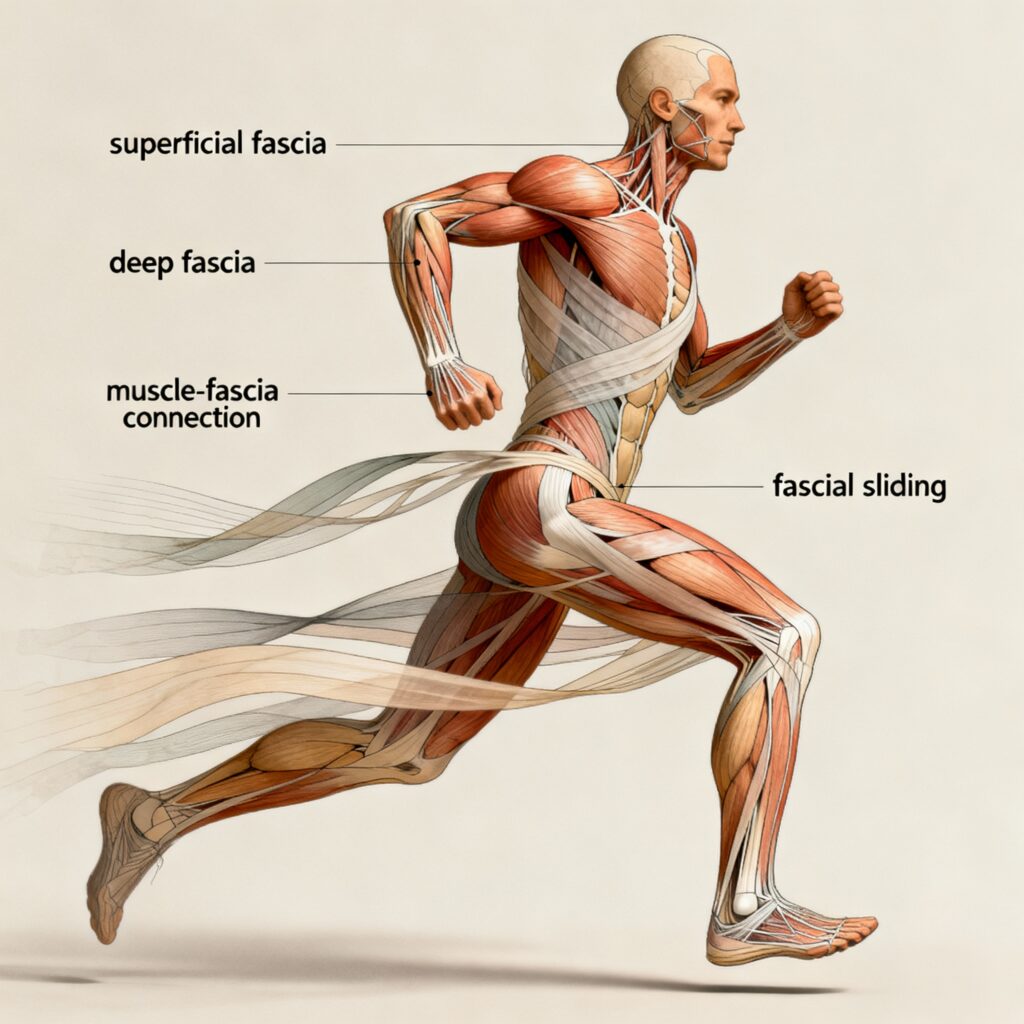
How Fascia Training Changes Everything
Fascia training isn’t just another fitness buzzword—it’s the missing link between why you keep getting injured, why your flexibility hasn’t improved in years, and why that nagging pain keeps coming back no matter how many isolated exercises you do.
Here’s the uncomfortable truth: Most workout programs treat your body like a car engine—isolate a muscle, strengthen it, move on to the next one. Bicep curls. Hamstring stretches. Shoulder raises. Repeat.
But your body isn’t a machine with replaceable parts. It’s an interconnected web of fascia—connective tissue that links every muscle, joint, and organ into one continuous system. When you ignore fascia, you’re training the parts while missing the whole. And that’s why your results don’t last.
Let me explain.
Coach’s Corner: Why Most Practitioners Miss the Real Problem
Ashley came to me after failing with two physical therapists and a chiropractor. She had chronic heel pain (plantar fasciitis) that made walking excruciating.
Every practitioner before me did the same thing: focused on her heel. Stretch the calf. Roll the foot. Ice it. Rest it.
I took a different approach. I looked at her entire fascial system—her hip, her knee, her ankle, her foot. Not just the spot that hurt.
Within two sessions, her pain dropped 70-80%. By the fourth session, she was pain-free.
Why did this work when everything else failed? Because pain rarely lives where it shows up. Fascia connects everything. When you address the system instead of chasing symptoms, the body resolves what traditional methods can’t touch.
What Is Fascia (And Why You’ve Been Ignoring It)
Fascia is the connective tissue that wraps around every muscle, bone, nerve, and organ in your body. Think of it as a three-dimensional spider web that holds everything together and transmits force throughout your entire system. Recent fascia research has revealed that this system is far more complex and integrated than previously understood.
When fascia is healthy:
- Movement is fluid
- Strength transfers efficiently
- Pain is minimal
- Recovery is faster
When fascia is restricted, compressed, or imbalanced:
- Pain shows up (often far from the actual problem)
- Movement feels stiff or limited
- Strength doesn’t translate to function
- Injuries keep recurring
Here’s the kicker: Most traditional fitness and therapy approaches completely ignore fascia. They focus on muscles in isolation, which is like trying to fix a tangled fishing net by pulling on one strand at a time.
It doesn’t work.
The Problem with Muscle-Only Thinking
Muscle-focused training operates on a flawed assumption: strengthen individual muscles, and the body will function better.
But your body doesn’t move muscle by muscle. It moves through fascial chains—long, continuous lines of connective tissue that link your foot to your head, your shoulder to your hip, your breath to your posture.
When you train muscles in isolation without respecting its fascia links:
- You create imbalances (strong quads, weak glutes = knee pain)
- You miss the connections that create real-world function
- You reinforce compensation patterns (your body cheats around restrictions instead of fixing them)
Example: You do endless crunches to “strengthen your core,” but your lower back still hurts. Why? Because isolated abs don’t integrate with your fascial system. Your body compensates, and the pain persists.
Fascia training addresses the system—not just symptoms.
How Fascia Training Changes Everything
Fascia training isn’t about adding a foam roller to your routine and calling it a day. It’s a complete shift in how you approach movement, recovery, and long-term health.
This is the foundation of holistic exercise and fitness training at SolCore Fitness & Therapy.
Here’s what fascia-focused training looks like:
1. Decompression Over Compression
Most exercises compress joints. Fascia training creates space—through techniques like ELDOA (spinal decompression exercises)—so your joints can move freely and without pain.
2. Integration Over Isolation
Instead of training one muscle at a time, you train fascial chains. This improves coordination, balance, and real-world strength (not just gym strength).
3. Adaptation Over Repetition
Your fascia adapts to intelligent loading. That means progression matters more than volume. Doing 100 reps of the same thing won’t change your fascia. Challenging your system in new ways will.
4. Awareness Over Autopilot
Fascia training requires body literacy—understanding what you feel, why you feel it, and how to adjust. You’re not just following orders. You’re learning your body’s language.
5. Time Over Quick Fixes
Fascia remodels slowly. Real change takes 90 days minimum. Anyone promising 6-week transformations is lying to you.
This is why holistic osteopathic training at SolCore Fitness & Therapy works when other programs don’t. We don’t guess. We don’t isolate. We work with your fascial system to create lasting change.
The 5 Principles Missing From Your Current Program
Most fitness programs fail because they skip these five foundational pillars:
Pillar 1: Fascia Matters More Than Muscles
Your body isn’t a collection of isolated muscles—it’s an interconnected fascial system. When you ignore fascia, pain keeps returning, flexibility doesn’t improve, and injuries recur. Train the system, not just the parts.
Pillar 2: The Way Is Through—Adaptation Over Avoidance
Intelligent challenge creates adaptation. Avoidance creates protection. Your body needs progressive loading and appropriate stress to build resilience—not rest and isolation that lead to weakness and compensation.
Pillar 3: Progression Over Quick Fixes
Fascia remodels slowly. Real tissue change takes 3-6 months, not 6 weeks. Anyone promising instant transformations is lying to you. Sustainable results require time, consistency, and intelligent progression.
Pillar 4: Body Relationship Over Quick-Fix Mentality
Instead of depending on practitioners to “fix” you, learn to read your body’s signals. Develop body literacy—the ability to understand what you feel, why you feel it, and how to respond. This is empowerment, not dependence.
Pillar 5: Holistic Osteopathic Training vs. Standard Fitness/Therapy
Gyms isolate muscles. PT clinics treat symptoms. Yoga studios offer general movement. Holistic osteopathic training integrates manual therapy, fascia-focused exercise, and progressive loading to address your entire system.
Want the complete framework? Download our free guide: The Fascia Fix Framework: 5 Pillars to Transform How You Move, Recover, and Live
What This Means for You
If you’re dealing with:
- Chronic pain that won’t go away
- Stiffness that limits your daily activities
- Injuries that keep recurring
- Frustration that traditional methods aren’t working
…then fascia training is what you’ve been missing.
This isn’t about adding another stretch or doing more reps. It’s about understanding how your body actually works—as an interconnected system—and training it accordingly.
At SolCore Fitness & Therapy, we don’t just teach exercises. We teach you how to read your body, work with your fascia, and build a foundation for long-term health and independence.
Ready to experience the difference?
👉 Download The Fascia Fix Framework – Learn the 5 principles that will transform how you move, recover, and live.
👉 Book a Free Consultation – Let’s talk about your specific needs and how fascia-focused training can help.
Conclusion
Your body is smarter than any workout program. It’s designed to move, adapt, and heal—when you give it the right inputs.
Stop training muscles. Start training fascia.
The difference is everything.
Follow the Thread—Where Movement, Fascia, and Freedom Align
Find more insight, reflection, and fascia-informed care:

